Blogs & News
We are focus on automotive wiring harness & connectors technology.
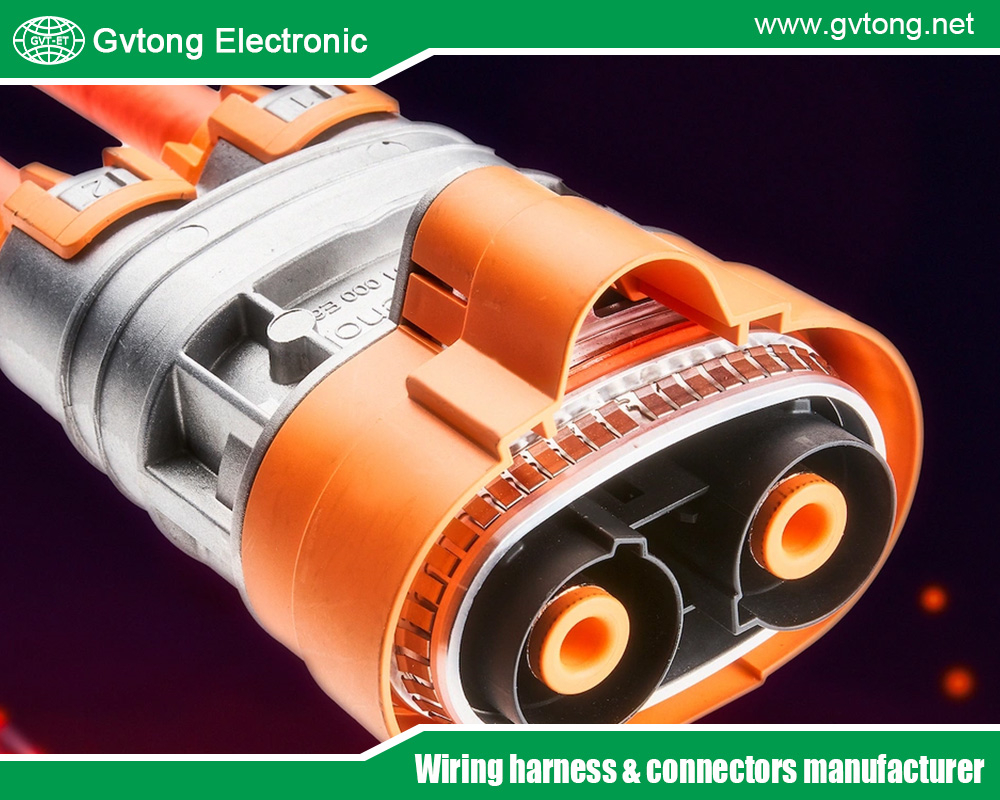
Automotive Data Connectors: The Backbone of Modern Vehicle Connectivity
- Gvtong Electronic
- Anti-vibration automotive connectors, Automated assembly connectors Cost-effective automotive connectors, Automated assembly connectors Cost-effective automotive connectorsMulti-variation connectors, automotive antenna connector, automotive connectors, automotive connectors and terminals, automotive connectors factory, automotive connectors manufacturer, automotive connectors supplier, automotive connectors wholesale, automotive data connector, automotive data connectors, automotive data connectors manufacturer, automotive data connectors market, automotive data connectors supplier, automotive diagnostic connector, automotive high - frequency, automotive hybrid connector, automotive optical fiber connector, automotive power distribution, Automotive power distribution connector, automotive vibration - resistant, Blind-mate automotive connectors, Common Types of Automotive Connectors, Cost-effective automotive connectors, Custom Low Voltage Vehicle Automotive Connectors, Fuel cell connectors Quick-fit automotive connectors, Halogen-free automotive connectors, High-speed data connectors, High-Voltage Automotive Connectors India, Low-contact resistance connectors, Modular automotive connectors
- No Comments
Automotive Data Connectors: The Backbone of Modern Vehicle Connectivity
In today’s rapidly evolving automotive landscape, vehicles are no longer just mechanical marvels—they are sophisticated networks of electronic systems working in harmony. At the heart of this transformation are automotive data connectors, the critical components that enable seamless communication between a car’s myriad electronic parts. From infotainment screens to advanced driver-assistance systems (ADAS), these connectors ensure that data flows efficiently, making vehicles smarter, safer, and more connected than ever before.This article explores the world of automotive data connectors in depth. We’ll define what they are, examine the different types, highlight their key applications, and dive into the technical specifications that make them tick. We’ll also discuss their advantages, the challenges they face, and the exciting trends shaping their future. By the end, you’ll have a clear picture of why these connectors are indispensable to modern mobility.
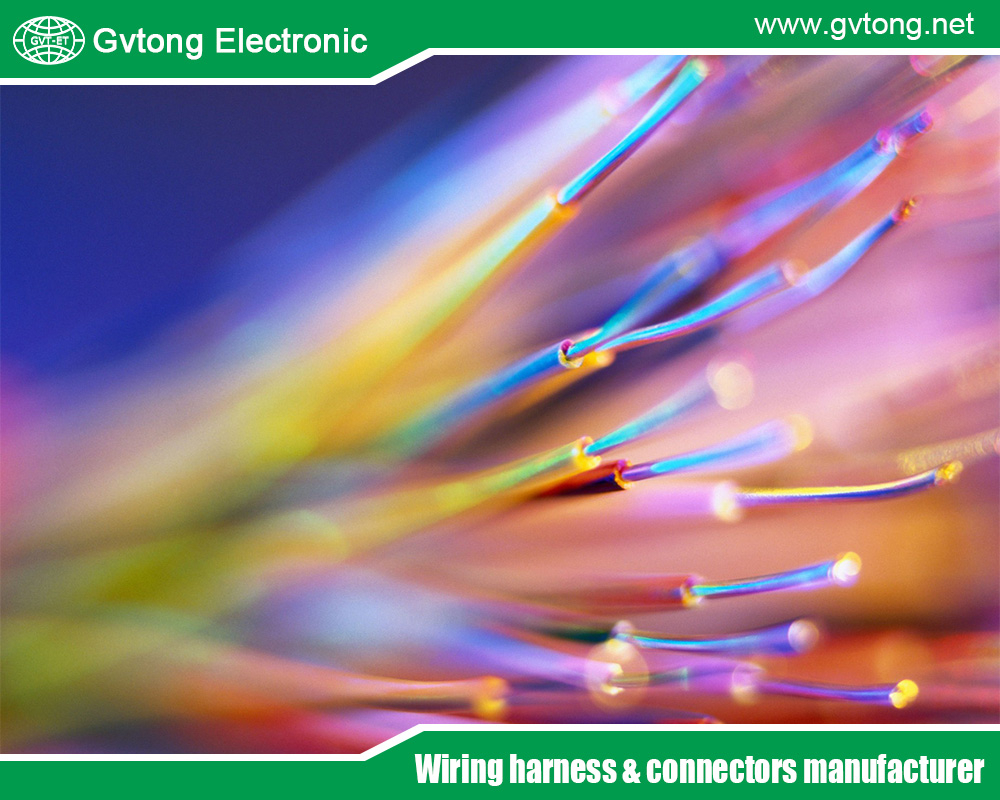
What Are Automotive Data Connectors?
Automotive data connectors are specialized hardware components designed to transmit digital information between electronic systems in a vehicle. Unlike traditional connectors that might only handle power or basic signals, data connectors are built to manage complex, high-speed data streams with precision and reliability. They act as the physical bridges linking sensors, electronic control units (ECUs), displays, and other modules, ensuring that critical information—like a radar sensor’s detection of an obstacle—reaches its destination instantly.
Key Functions
- Data Transmission: Facilitate real-time communication between vehicle components.
- Signal Integrity: Preserve data accuracy despite vibrations, heat, or electromagnetic interference.
- Interoperability: Enable compatibility across diverse systems and manufacturers.
These connectors power everything from routine diagnostics to the cutting-edge capabilities of autonomous driving, making them a foundational element in the automotive industry’s technological evolution.
Types of Automotive Data Connectors
The automotive world relies on a variety of data connectors, each suited to specific tasks. Here’s a look at the most prominent types:
- OBD-II Connectors
- Overview: Introduced in 1996, the On-Board Diagnostics II (OBD-II) connector is a standardized 16-pin port used primarily for diagnostics. It’s a familiar sight under the dashboard of most modern cars.
- Applications: Reading fault codes, monitoring emissions, and assessing vehicle performance.
- Ethernet Connectors
- Overview: Automotive Ethernet connectors deliver high-speed data transmission, with capabilities reaching up to 10 gigabits per second (Gbps). They’re a go-to choice for bandwidth-heavy applications.
- Applications: Infotainment, ADAS, and vehicle-to-everything (V2X) communication.
- CAN Bus Connectors
- Overview: The Controller Area Network (CAN) bus connector is a robust, real-time communication system widely used for connecting ECUs. It’s known for its reliability in critical operations.
- Applications: Engine management, transmission control, and safety systems like airbags.
- USB Connectors
- Overview: Universal Serial Bus (USB) connectors are versatile and user-friendly, commonly found in vehicles for device connectivity and charging.
- Applications: Smartphone integration, media playback, and software updates.
- LVDS Connectors
- Overview: Low-Voltage Differential Signaling (LVDS) connectors offer high-speed, low-power data transfer, making them ideal for visual systems.
- Applications: In-car displays, rear-view cameras, and 360-degree surround-view systems.
- Fiber Optic Connectors
- Overview: Using light to transmit data, fiber optic connectors provide ultra-high speeds and immunity to electromagnetic interference (EMI).
- Applications: Autonomous driving systems and advanced infotainment requiring massive bandwidth.
The choice of connector depends on factors like data speed, environmental demands, and budget, ensuring each vehicle system operates at peak efficiency.
Applications of Automotive Data Connectors
Automotive data connectors are the lifeblood of numerous vehicle functions, enabling the technologies that define modern driving. Here are some key areas where they shine:
- Infotainment Systems
- Role: Connectors like USB and Ethernet handle multimedia data, supporting features like navigation, streaming, and hands-free calling.
- Example: A USB port lets you plug in your phone to play music or charge it on the go.
- Advanced Driver-Assistance Systems (ADAS)
- Role: High-speed connectors such as Ethernet and LVDS link sensors (e.g., cameras, radar) to processors, powering features like lane departure warnings and adaptive cruise control.
- Example: An LVDS connector feeds live video from a front camera to the ADAS unit.
- Vehicle Diagnostics
- Role: OBD-II connectors provide access to a vehicle’s health data, helping mechanics troubleshoot issues quickly.
- Example: A technician uses an OBD-II scanner to diagnose an engine misfire.
- Autonomous Driving
- Role: Fiber optic and Ethernet connectors manage the enormous data volumes needed for self-driving cars, connecting sensors, processors, and actuators.
- Example: Fiber optics link a LiDAR sensor to the car’s brain for real-time 3D mapping.
- Telematics and Connectivity
- Role: Connectors enable V2X communication, letting vehicles talk to infrastructure, other cars, and the cloud.
- Example: An Ethernet connector supports data sharing with a smart traffic light.
These examples underscore how data connectors enhance functionality, safety, and the overall driving experience.
Technical Specifications and Standards
To perform in the rugged world of automotive applications, data connectors must meet stringent technical requirements. Here’s what makes them tick:
- Data Transfer Rates
- Range: From kilobits per second (Kbps) for diagnostics to 10 Gbps for high-bandwidth tasks.
- Example: Ethernet connectors in premium cars handle 10 Gbps for ADAS and infotainment.
- Environmental Durability
- Temperature Range: -40°C to 125°C, built for freezing winters and scorching summers.
- Vibration Resistance: Up to 20G, per standards like ISO 16750, to survive bumpy rides.
- Ingress Protection: IP67 ratings keep out dust and water.
- Signal Integrity
- EMI Shielding: Protects data from electrical noise common in vehicles.
- Low Latency: Ensures split-second responses for safety-critical systems.
- Standardization
- ISO Standards: ISO 11898 (CAN bus), ISO 13400 (Ethernet).
- SAE Standards: SAE J1962 (OBD-II).
- AEC-Q100: Ensures reliability for automotive electronics.
These specs guarantee that connectors can withstand the harsh realities of the road while delivering flawless performance.
Advantages of Automotive Data Connectors
The rise of advanced data connectors brings a host of benefits to vehicles:
- High-Speed Data Transmission
- Benefit: Supports real-time processing for ADAS and autonomy.
- Impact: Boosts safety and responsiveness.
- Reduced Wiring Complexity
- Benefit: Fewer cables streamline vehicle design.
- Impact: Cuts costs and reduces weight, improving fuel efficiency.
- Improved Reliability
- Benefit: Tough designs endure extreme conditions.
- Impact: Lowers maintenance and enhances longevity.
- Scalability
- Benefit: Connectors like Ethernet can handle future upgrades.
- Impact: Keeps vehicles relevant as tech advances.
- Standardization
- Benefit: Universal standards simplify diagnostics and repairs.
- Impact: Saves time and money for owners and technicians.
These perks make data connectors a driving force behind smarter, more efficient vehicles.
Challenges and Limitations
Despite their strengths, automotive data connectors face hurdles that must be overcome:
- Cost
- Challenge: High-end connectors like fiber optics are pricey.
- Impact: Raises production costs, especially for affordable cars.
- Complexity
- Challenge: Balancing speed, durability, and size is tricky.
- Impact: Demands advanced engineering and testing.
- Compatibility
- Challenge: Ensuring seamless integration across brands and systems.
- Impact: Can complicate multi-vendor setups.
- Cybersecurity
- Challenge: Connected cars are vulnerable to hacking via data connectors.
- Impact: Requires robust security to protect sensitive data.
- Size Constraints
- Challenge: Fitting powerful connectors into tight spaces.
- Impact: Calls for innovative, compact designs.
Tackling these issues is key to unlocking the full potential of data connectors.
Future Trends and Innovations
The future of automotive data connectors is bright, with emerging trends set to redefine their role:
- Wireless Data Transmission
- Trend: Replacing some physical connectors with Wi-Fi 6 or 5G.
- Impact: Simplifies design and cuts weight.
- Higher Data Rates
- Trend: Connectors pushing beyond 25 Gbps for autonomy.
- Impact: Supports more advanced, data-hungry systems.
- Smart Connectors
- Trend: Embedding sensors for self-monitoring and maintenance alerts.
- Impact: Boosts reliability and cuts downtime.
- Standardization of High-Speed Interfaces
- Trend: Unified standards for Ethernet and beyond.
- Impact: Enhances compatibility and reduces costs.
- Sustainability
- Trend: Eco-friendly materials and designs.
- Impact: Aligns with greener automotive goals.
These innovations signal a future where connectors are faster, smarter, and more integrated than ever.
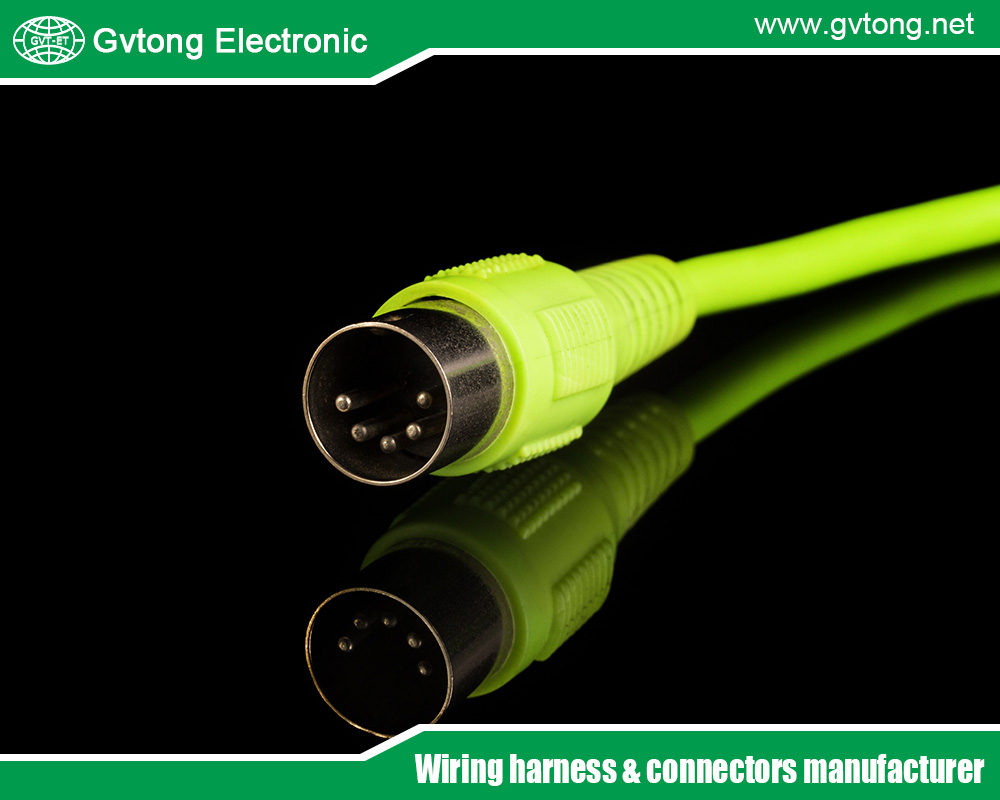
Conclusion
Automotive data connectors are the unsung heroes powering the modern vehicle revolution. From OBD-II ports to fiber optic links, they enable the technologies that make driving safer, more enjoyable, and increasingly autonomous. While challenges like cost and cybersecurity persist, the pace of innovation promises to overcome these hurdles, paving the way for a new era of mobility.As cars become electric, connected, and self-driving, data connectors will remain at the core, ensuring every bit of information flows where it’s needed most. For anyone passionate about automotive technology, understanding these connectors isn’t just interesting—it’s essential to grasping the future of transportation.
For more about the automotive data connectors: the backbone of modern vehicle connectivity, you can pay a visit to Gvtong at https://www.gvtong.net/ for more info.
Recent Posts
How to Select Automotive High-Pressure Connectors for Photovoltaic
The Best Automotive Connector Manufacturers You Must Know in China
Why Do Automakers Prefer These Automotive Connector Manufacturers?
Tags
Recommended Products
-
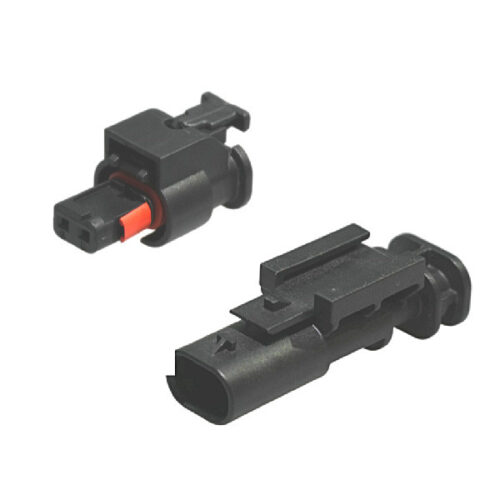
GE Series-2-core cylinder connector
-
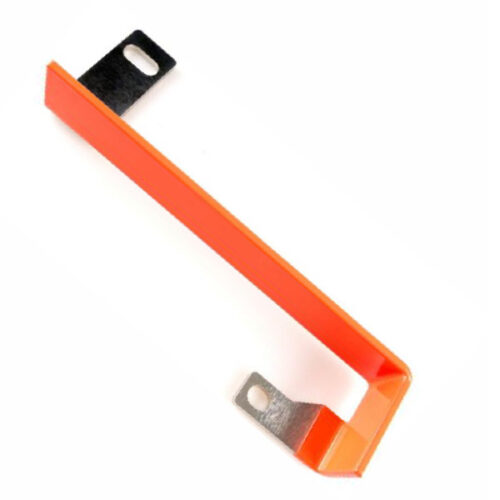
The battery PACK is packed with copper-aluminum busbar
-
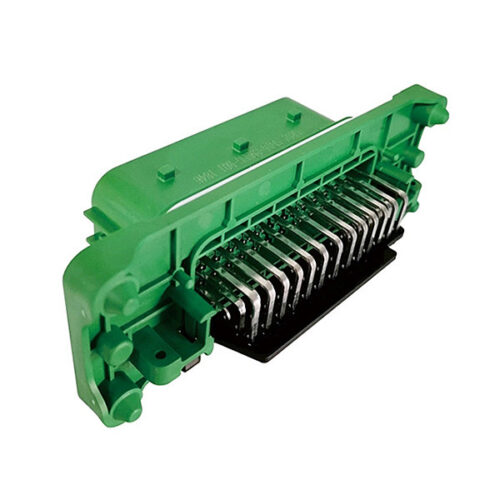
Rectangular connector-39 core socket
-

GT Series-2-core/3-core Signal Connector
-
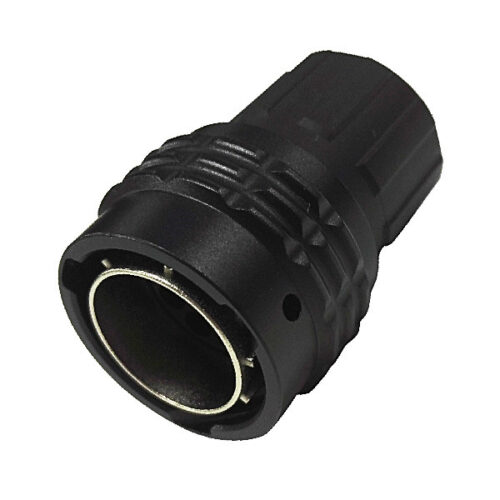
GR Series-8-core 12# circular signal connector
-
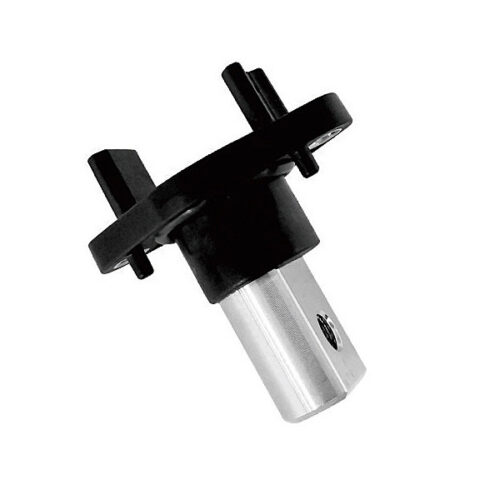
DCDC through-wall terminal – 90°180°
-
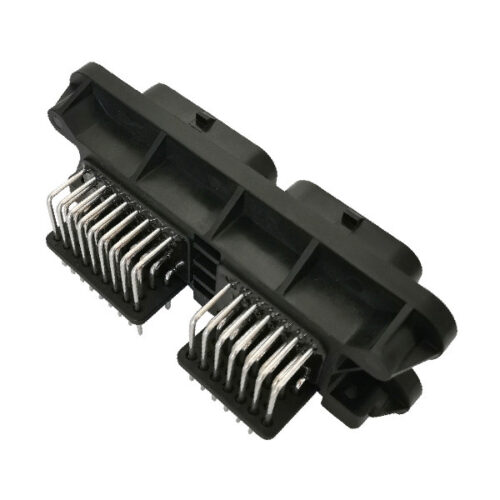
GE Series – 60-core (34+26) combined connector-socket
-
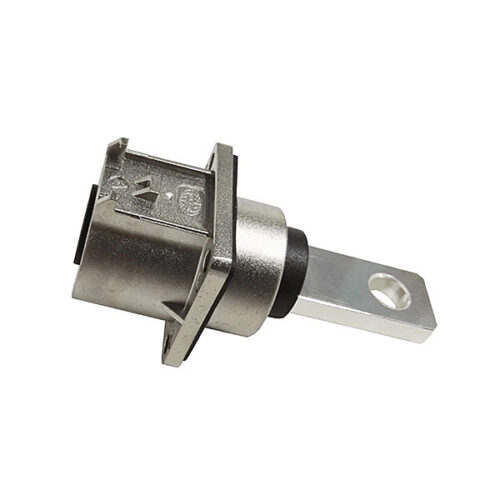
Single core 10MM
